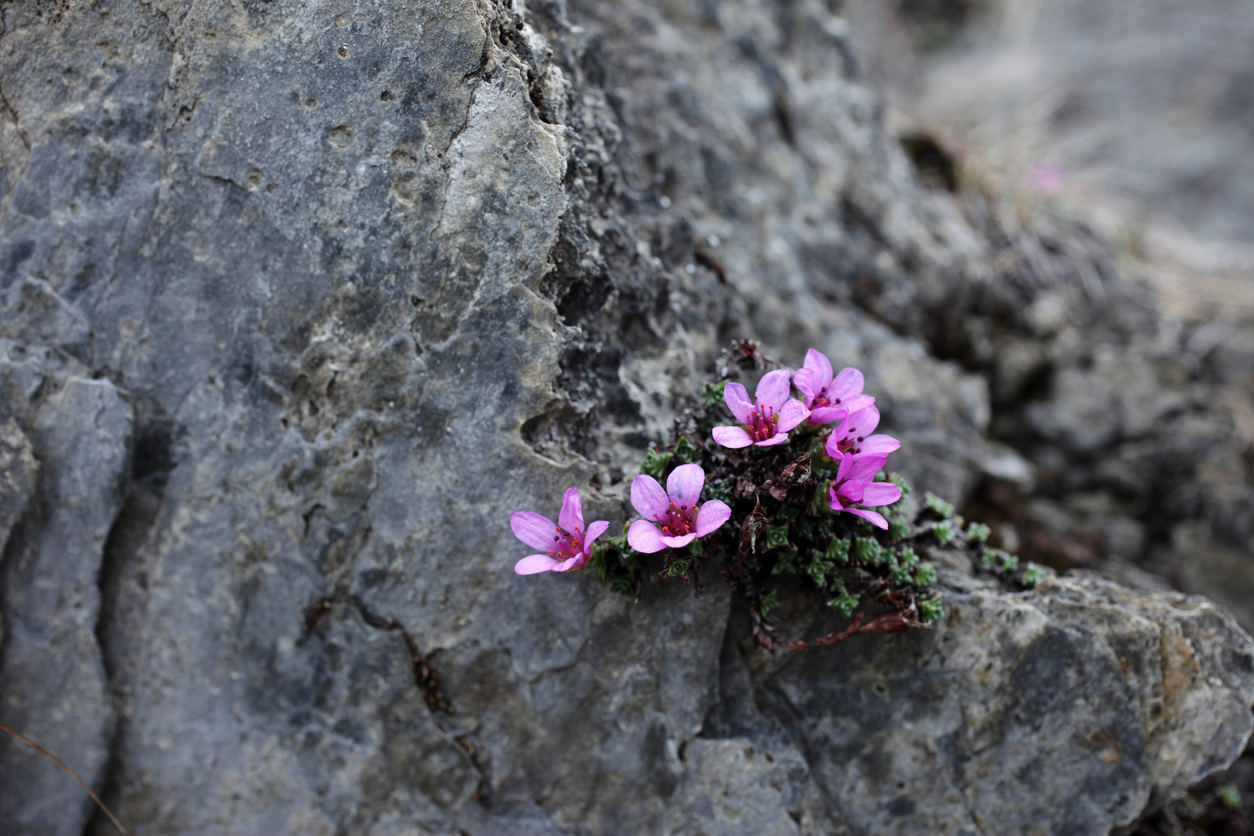Do you ever have days that the world feels like it’s just too much for your finite heart to take? Like at some point you woke up to find yourself in a twisted fairytale, where magical forests decompose into putrid swamps, sweet bluebirds morph into obnoxious crows, and happy endings inevitably lead to heartbreak? Sometimes I feel like a horror story or tragedy would be easier to take, because then at least my heart would know what to expect. But there is just a different kind of devastation when a beautiful thing goes wrong. How can a human mind ever understand a planet where babies go hungry, vulnerable children get abused, people die of cancer, and marriages get broken? Even if the mind was somehow able make sense of all the broken beauty in the world, I am convinced the heart never could. Is it possible to foster a soft heart in such a world without constantly feeling like one is releasing a balloon into a family of porcupines or carrying a porcelain vase through a minefield?
One evening, after a particularly tough day, I turned to Matthew 5. While reading the beatitudes I tried to imagine the type of heart that is courageous enough to let itself hunger and mourn, gentle enough to extend mercy and practice meekness, and humble enough to embrace poverty and fight for peace. I grabbed my journal and scrawled these words: “Tonight I feel like a Matthew 5 kind of heart is either doomed to implode out of despair or explode out of intense anger when placed on this broken planet.” This moment led me to start reflecting on the concept of a soft heart. Is it in fact possible to fully turn my gaze to the reality of brokenness and not become cynical? What does a soft heart even mean? Is it possible that I have been carrying unexamined misconceptions? I wanted to share a few reflections from reading, journaling and conversing with some very wise and compassionate humans.
1.A hard heart sets barriers; A soft heart sets boundaries.
You’ve likely heard the analogy: trying to save a drowning person by jumping in the water without a lifeboat merely results in two drowning people. If you are anything like me, you may have had to learn this the hard way. Endeavours like trying to fix people’s problems and personally take on their pain can certainly be well-intentioned and appear noble, but invariably result in feeling burnt out, helpless or heartbroken. Fostering a soft heart does not mean clinging to naivety or continuing to jump into the ocean without a lifeboat after nearly drowning. Jesus Himself modelled this during his life on earth by putting up boundaries with the people around Him, because He saw into their hearts (John 2:24). It also does not mean putting up a barrier by firmly planting your feet on dry ground and ignoring any future distress cries. When Jesus found Himself surrounding by 5000 hungry people at sunrise, He could have provided many logical reasons for sending them home: He had served and healed them all day, it was late, He was exhausted, they should have had the foresight to bring food along. Instead, He took the time to both provide food and transform the experience into a very valuable teachable moment for his disciples (Matt 14:13-21). There is a wealth of brilliant writing on the importance of boundaries while caring for others. A quote I once heard from a professor in university has always stayed with me: “Whenever stepping into another’s shoes, it is important to keep your own socks on.”
2. A hard heart is rigid; A soft heart is bendable.
As a heart solidifies, it slowly loses its flexibility and becomes accustomed to seeing the world and others from a fixed perspective. In contrast, a soft heart is able to bend and twist to see many angles and perspectives. When deeply hurt and wronged by another person, we often have the tendency to minimize them to their faults. In his book Making Sense of Forgiveness, Brad Hambrick paints a creative metaphor: “Internally we make [an offender] a flat character: a one-dimensional character like those in Winnie the Pooh, where Tigger is only an extrovert and Piglet is only a worrier.” When someone lies to us, they come to be seen as a mere liar. They are no longer seen as hard working, creative, and passionate. They certainly do not have the right to talk about anything moral with authority. A soft heart allows an offender to be a three-dimensional character, without minimizing or denying the offence.
Jesus modelled this three-dimensional perspective when He told Peter: “I say to you that you are Peter (which means ‘rock’), and upon this rock I will build my church, and all the powers of hell will not conquer it” (Matt 16:18). How did these words sit with Peter and his companions? This was the man who jumped out of a boat determined to walk on water, only to look down at the waves and sink for lack of faith. This was the man who frequently talked and acted before thinking. This was also the man who would go on to abandon Jesus in his most painful and vulnerable moment. Was it possible that others viewed Peter in a one-dimensional way, applying labels like “impulsive,” “insecure,” and “untrustworthy?” Did Peter think of himself this way? I wonder if he often thought back to this moment later in life. The One who could have easily affirmed all these negative labels instead used a powerful image to paint the person he could and would be one day.
3. A hard heart turns inward; A soft heart reaches outwards
A common misconception is that when something is hard, it is automatically stronger. I would argue that a soft heart is actually one of the most courageous and formidable organisms on this planet. In his book The Four Loves, C.S Lewis writes:
“To love at all is to be vulnerable. Love anything and your heart will be wrung and possibly broken. If you want to make sure of keeping it intact you must give it to no one, not even an animal. Wrap it carefully round with hobbies and little luxuries; avoid all entanglements. Lock it up safe in the casket or coffin of your selfishness. But in that casket, safe, dark, motionless, airless, it will change. It will not be broken; it will become unbreakable, impenetrable, irredeemable. To love is to be vulnerable.”
Jesus carried the kind of heart that was vulnerable to deep feeling. He experienced joy and happiness, celebrating at weddings (John 2:1-12) and interacting with young children (Matt 19:13-15). He felt intense anger when encountering injustice and hypocrisy (Matt 21:12-13), raw grief when faced with the brokenness of sin (Matt 23:37), and deep sadness after the death of a friend (John 11:35). At the end of his life, he felt such “agony of spirit” that “his sweat fell to the ground like great drops of blood” (Luke 22:44).
A soft heart can feel like a scary thing to take into a hard world. But Jesus clearly showed that it is far from naïve, fragile or cowardly. When faced with brokenness and tragedy, He always responded with a heart infinitely wise, loving and courageous, carving a path for every human heart to follow. God delights in choosing “weak things of the world to shame the strong” (1 Cor 1:27). Could it be that ironically a soft heart is one of the only things made of material formidable enough to face a broken world?




